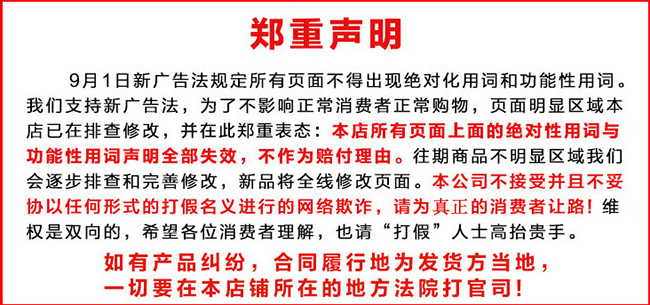







Looking at the national scale, the current market penetration rate of washing machines in China has exceeded 76%, with the urban market exceeding 96% and the rural market exceeding 53%. With the policy of promoting home appliances to rural areas and expanding domestic demand, washing machine companies are now focusing their attention on the rural market with great consumer potential. In the coming years, the main growth space for the demand for washing machines in China will come from: the initial demand mainly from urbanization and the rural market, as well as the renewal demand mainly from the urban market's consumer upgrade; the demand for washing machines will continue to maintain a moderate growth trend in the coming years.
In 2010, the total sales volume of washing machines in our country was about 50 million, with an annual growth of nearly 30%, setting a record high level of growth; among which, the domestic sales achieved more than 33 million, with an annual growth of about 28%, and the exports achieved more than 16 million, with an annual growth of more than 30%, both setting a record high growth rate.
Looking at different products, the total sales of rollers in China in 2010 reached more than 11 million units, with a year-on-year growth of more than 50%, accounting for more than 20% of the total sales volume in the washing machine market. Among them, the monthly sales of each quarter exceeded 1.1 million units, accounting for more than 21% of the total sales volume of washing machines.
Water conservation will become the key development direction for future washing machines, with the industry's goals primarily covering energy-saving and water-saving, product functionality, and green design. In the technical route map prepared by the China Household Electrical Appliance Association for refrigerators, air conditioners, and washing machines, it sets a target for energy-saving and water-saving by 2015: for top-loading washing machines, achieving the national energy efficiency level 2; for front-loading fully automatic washing machines, achieving the national energy efficiency level 1; and for fully automatic washing machines with energy efficiency level 1, reaching the EU A+ energy and water consumption standards, and for washing and drying machines, reaching the GB/T23118 national standard A-level energy and water consumption requirements. By 2020, the goal is for washing machines to reach the EU A+++ energy and water consumption standards, for fully automatic top-loading washing machines to reach the national A+ energy and water consumption standards, and for washing and drying machines to reach the national A+ energy and water consumption standards. In terms of product functionality, the development direction of washing machines is towards larger capacities, lower noise, and lower vibration.






Looking at the national scale, the current market penetration rate of washing machines in China has exceeded 76%, with the urban market exceeding 96% and the rural market exceeding 53%. With the policy of promoting home appliances to rural areas and expanding domestic demand, washing machine companies are now focusing their attention on the rural market with great consumer potential. In the coming years, the main growth space for the demand for washing machines in China will come from: the initial demand mainly from urbanization and the rural market, as well as the renewal demand mainly from the urban market's consumer upgrade; the demand for washing machines will continue to maintain a moderate growth trend in the coming years.
In 2010, the total sales volume of washing machines in our country was about 50 million, with an annual growth of nearly 30%, setting a record high level of growth; among which, the domestic sales achieved more than 33 million, with an annual growth of about 28%, and the exports achieved more than 16 million, with an annual growth of more than 30%, both setting a record high growth rate.
Looking at different products, the total sales of rollers in China in 2010 reached more than 11 million units, with a year-on-year growth of more than 50%, accounting for more than 20% of the total sales volume in the washing machine market. Among them, the monthly sales of each quarter exceeded 1.1 million units, accounting for more than 21% of the total sales volume of washing machines.
Water conservation will become the key development direction for future washing machines, with the industry's goals primarily covering energy-saving and water-saving, product functionality, and green design. In the technical route map prepared by the China Household Electrical Appliance Association for refrigerators, air conditioners, and washing machines, it sets a target for energy-saving and water-saving by 2015: for top-loading washing machines, achieving the national energy efficiency level 2; for front-loading fully automatic washing machines, achieving the national energy efficiency level 1; and for fully automatic washing machines with energy efficiency level 1, reaching the EU A+ energy and water consumption standards, and for washing and drying machines, reaching the GB/T23118 national standard A-level energy and water consumption requirements. By 2020, the goal is for washing machines to reach the EU A+++ energy and water consumption standards, for fully automatic top-loading washing machines to reach the national A+ energy and water consumption standards, and for washing and drying machines to reach the national A+ energy and water consumption standards. In terms of product functionality, the development direction of washing machines is towards larger capacities, lower noise, and lower vibration.















